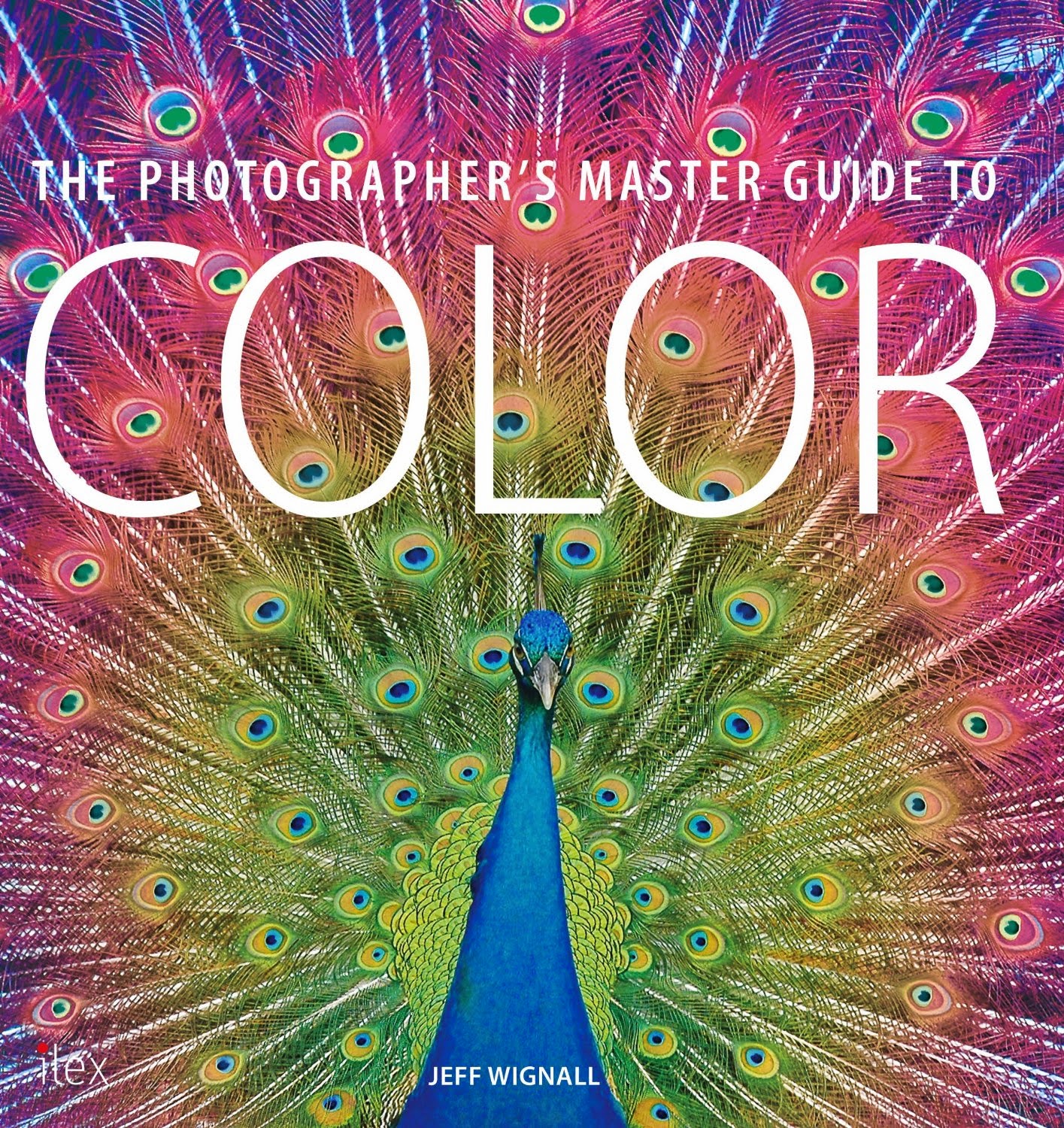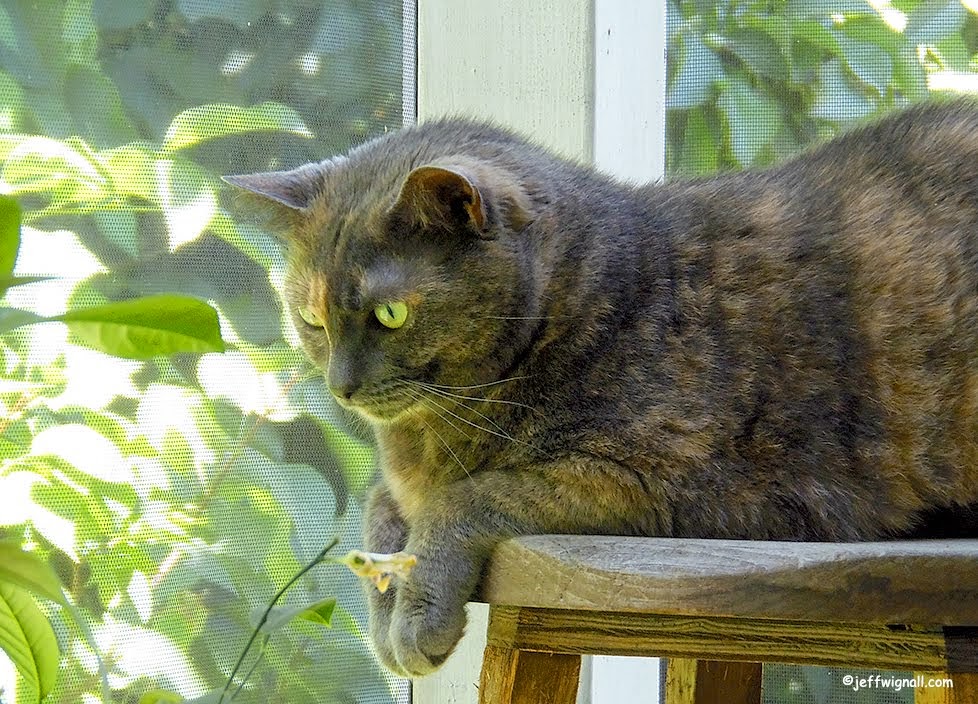 Since I've talked about the fun and creative aspects of using extremely wide and extremely long (telephoto) lenses, I should probably also take a minute to appreciate the simple beauty of the normal lens. Normal lenses are those that (in 35mm equivalent terms) range from about 45 to 55mm in focal length. They're called "normal" because they closely approximate what you see when you look at the world when you don't have a camera pressed against your face. In other words, normal lenses closely match the angle of view that you see with the naked eye.
Since I've talked about the fun and creative aspects of using extremely wide and extremely long (telephoto) lenses, I should probably also take a minute to appreciate the simple beauty of the normal lens. Normal lenses are those that (in 35mm equivalent terms) range from about 45 to 55mm in focal length. They're called "normal" because they closely approximate what you see when you look at the world when you don't have a camera pressed against your face. In other words, normal lenses closely match the angle of view that you see with the naked eye.Since most of us own cameras with zoom lenses (either attached or as accessory lenses) and since digital cameras don't have a standardized sensor size, knowing exactly what is normal, optically speaking, isn't as simple as it was with 35mm cameras. But if you are using a point-and-shoot camera, you can assume that the most normal/moderate setting is probably halfway through the zoom range. So if you have a camera with a 5x zoom, when you're in about the mid-point you're probably pretty close to normal. If you have a moderate zoom that came with your DSLR (my D70s came with an 18-70mm, for example), the mid-point is about 44mm or about 66mm in 35mm equivalent, making it just a bit on the long side of normal in 35mm terms. The numbers aren't really that important, it's just knowing that normal for your moderate zoom is somewhere between the extremes.
Historically there have been some master photographers that actually preferred the view through a normal lens. The great color-photography innovator Ernst Haas (one of my personal photographic heroes, by the way), for example, used normal lenses for much of his work because he felt that extreme focal lengths altered the world too much and he wanted to show the world they way that it really looked. While he never restricted himself to normal lenses, of course, he appreciated (and spoke often of) the familiar beauty of "normal" when it came to lenses. Haas felt that if you wanted to get closer to a subject or make it smaller, you should just change your vantage point. One of his more famous quotes is: "The most important lens you have is your legs." Much of the beauty of Haas work to me is that I feel as if I'm seeing exactly what he saw with no optical interpretation (or exaggeration) at all.
When is a good time to use a normal focal length setting? Sometimes the shot tells you. I spotted this lamppost in Camden, Maine right after I had parked my car and was heading into a deli for lunch. The composition of the flower basket and the lamppost just grabbed me immediately and that made the focal-length choice easy: I knew that I wanted the composition to reflect exactly what caught my eye with no optical exaggerations. In 35mm terms the focal length was set to 55mm--completely normal.
I think that before you can hope to understand the creative beauty of having many different focal lengths available to you, you must take time to look through normal eyes--yours and your camera's.






No comments:
Post a Comment